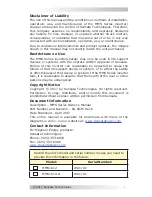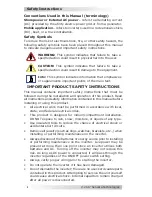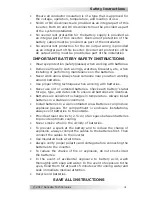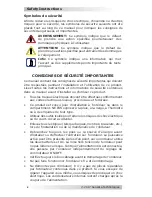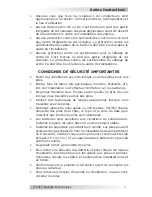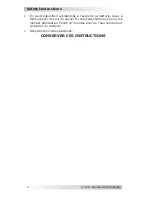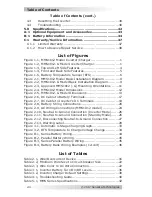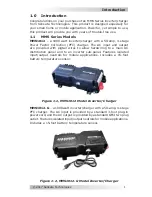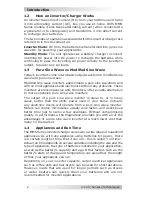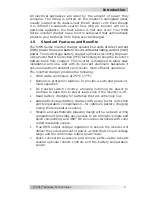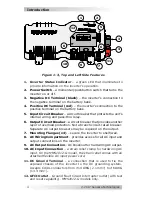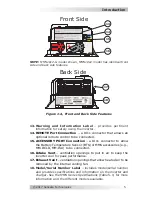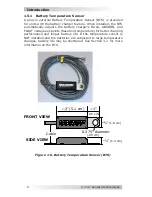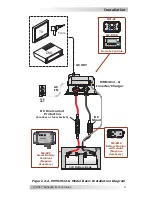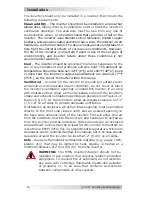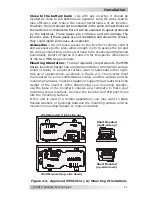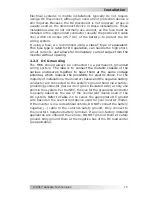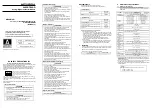
© 2017 Sensata Technologies
7
2.0 Installation
2.1 Pre-Installation
Before installing the inverter, read
the entire Installation section.
Thorough planning will better meet your inverter needs.
WARNING:
Installations should be performed by
quali
fi
ed personnel (licensed or certi
fi
ed electrician).
The installer determines which safety codes apply and
ensures that all applicable installation requirements are
followed. Applicable installation codes vary depending on
the speci
fi
c location and the type of installation.
Info:
Review the Important Product Safety Information
and Important Battery Safety Instructions on pages ii-vi
before any installation.
The basic system diagrams shown in Figures 2-1 and 2-2
should be
reviewed to assist you in planning and designing your installation.
2.1.1 Unpacking and Inspection
Carefully remove the MMS inverter/charger from its shipping container
and inspect all contents. Verify the following items are included:
• MMS Series inverter/charger
• Red and black DC terminal covers
• AC access cover with two screws
• Two 5/16-18 hex-head kep nuts (installed on the DC terminals)
• Battery Temperature Sensor (BTS)
• MMS Series Owner’s Manual
• Warning
Label
If items appear to be missing or damaged, contact your authorized
Magnum Energy dealer or Sensata Technologies. If at all possible,
keep your shipping box. It will help protect your inverter from damage
if it ever needs to be returned for service. Save your proof-of-purchase
as a record of your ownership (needed for any in-warranty service).
Record the unit’s model and serial number in the front of this manual
in case you need to provide this information in the future. It is much
easier to record this information before the unit has been installed.
Installation
2.1.2 Locating and Mounting the Inverter
WARNINGS:
• Do not mount the inverter near any
fl
ammable or
combustible
fl
uid or components.
• Provide adequate clearance/ventilation to the inverter.
• Mount only on a non-combustible surface.
• Maximum ambient temperature around the inverter
must not exceed 77°F (25°C) to meet continuous power
output speci
fi
cations.

